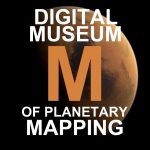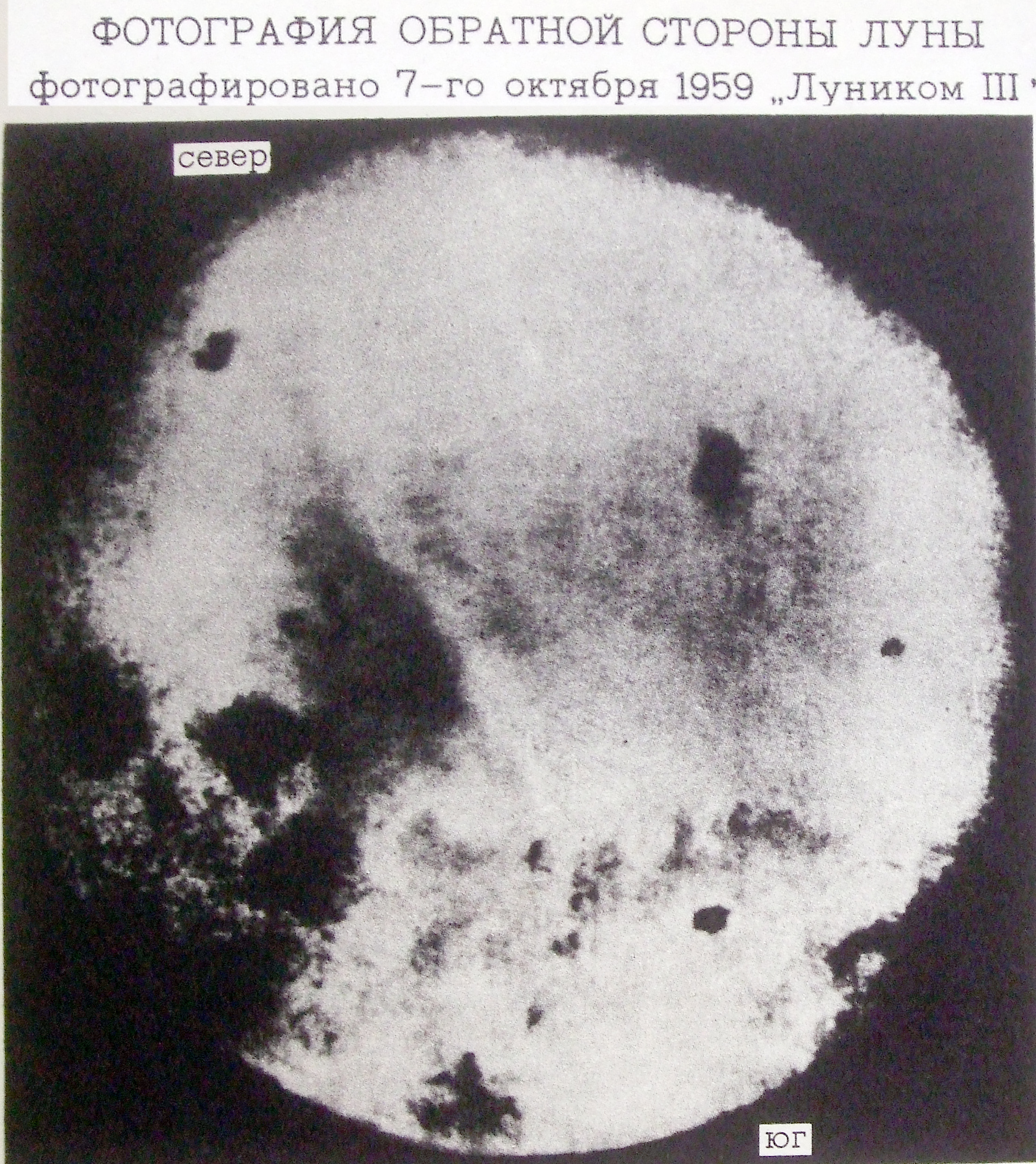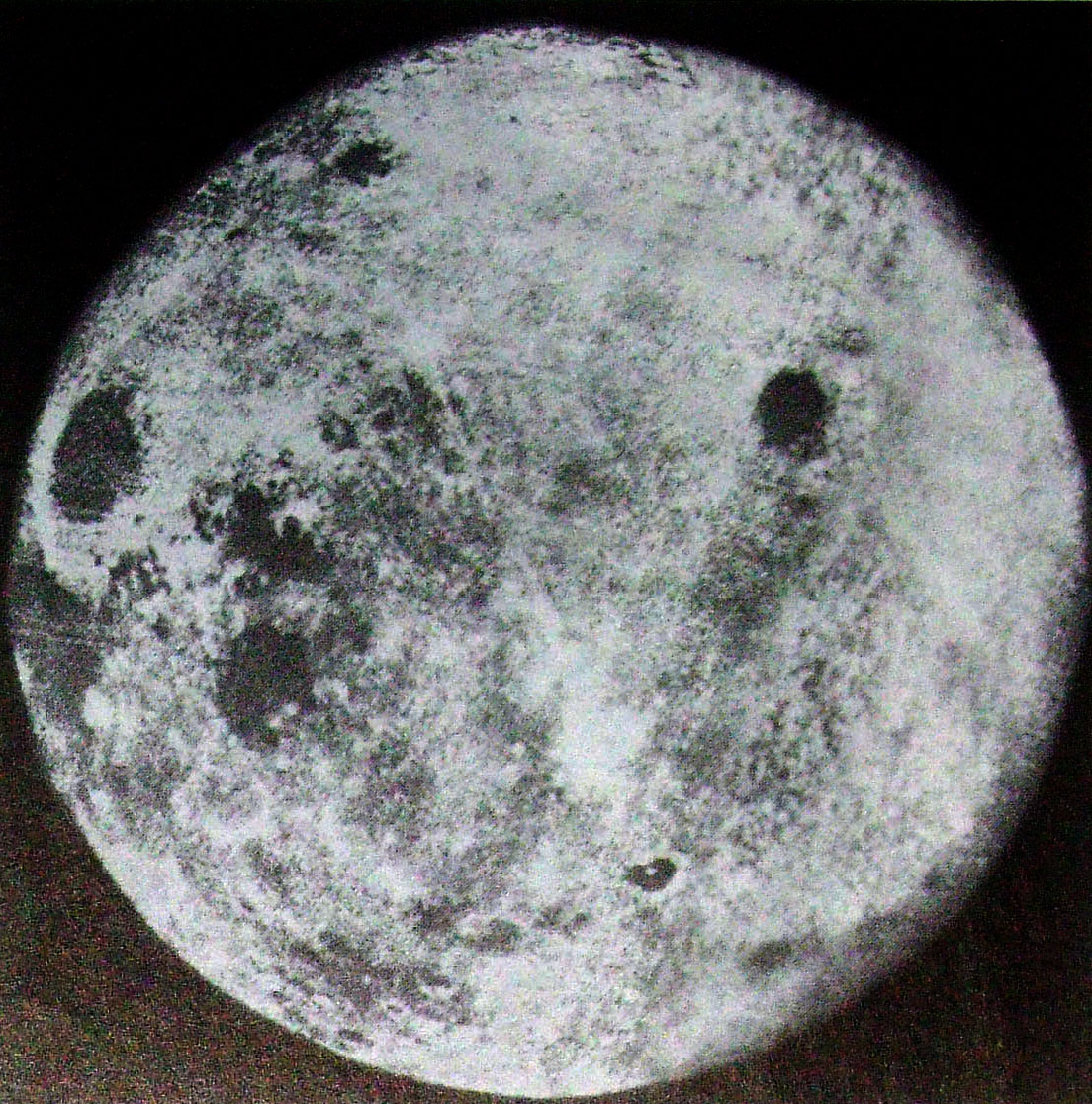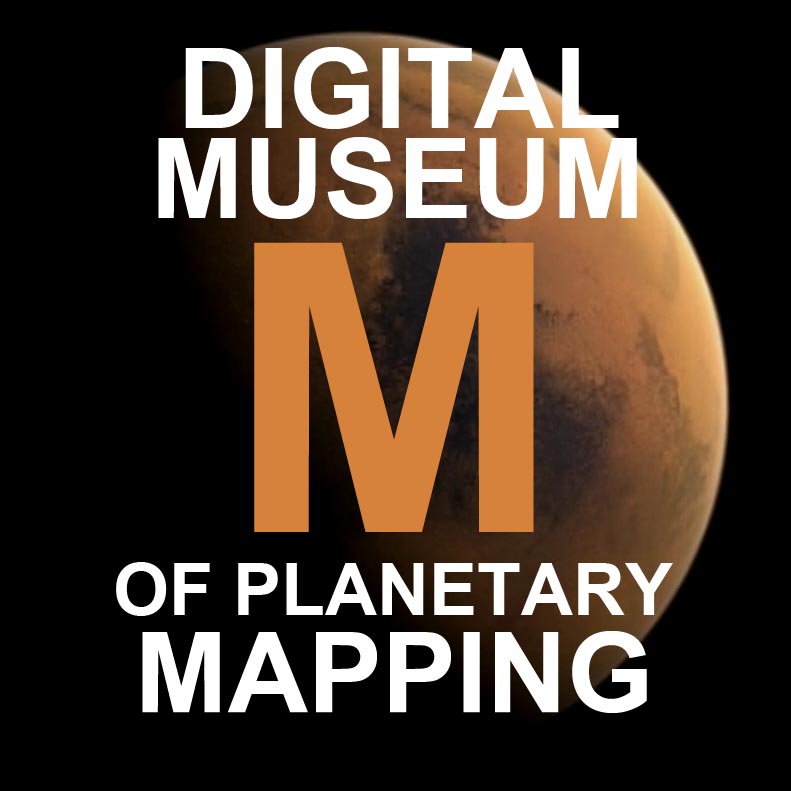Soviet Farside Maps/Atlases
Atlas Obratnoj Storony Luny (Part 1)
Akademiya Nauk SSSR Moskva 1960.
Includes a map of the far side in 4 pages
1:10 000 000
(It is centered at 120 deg, partly overlaps the near side)
Left: Luna-3 image from Atlas Obratnoj Storony Luny (Tsast’ 2) 1967 Right: Image composite by P Stooke (2007)
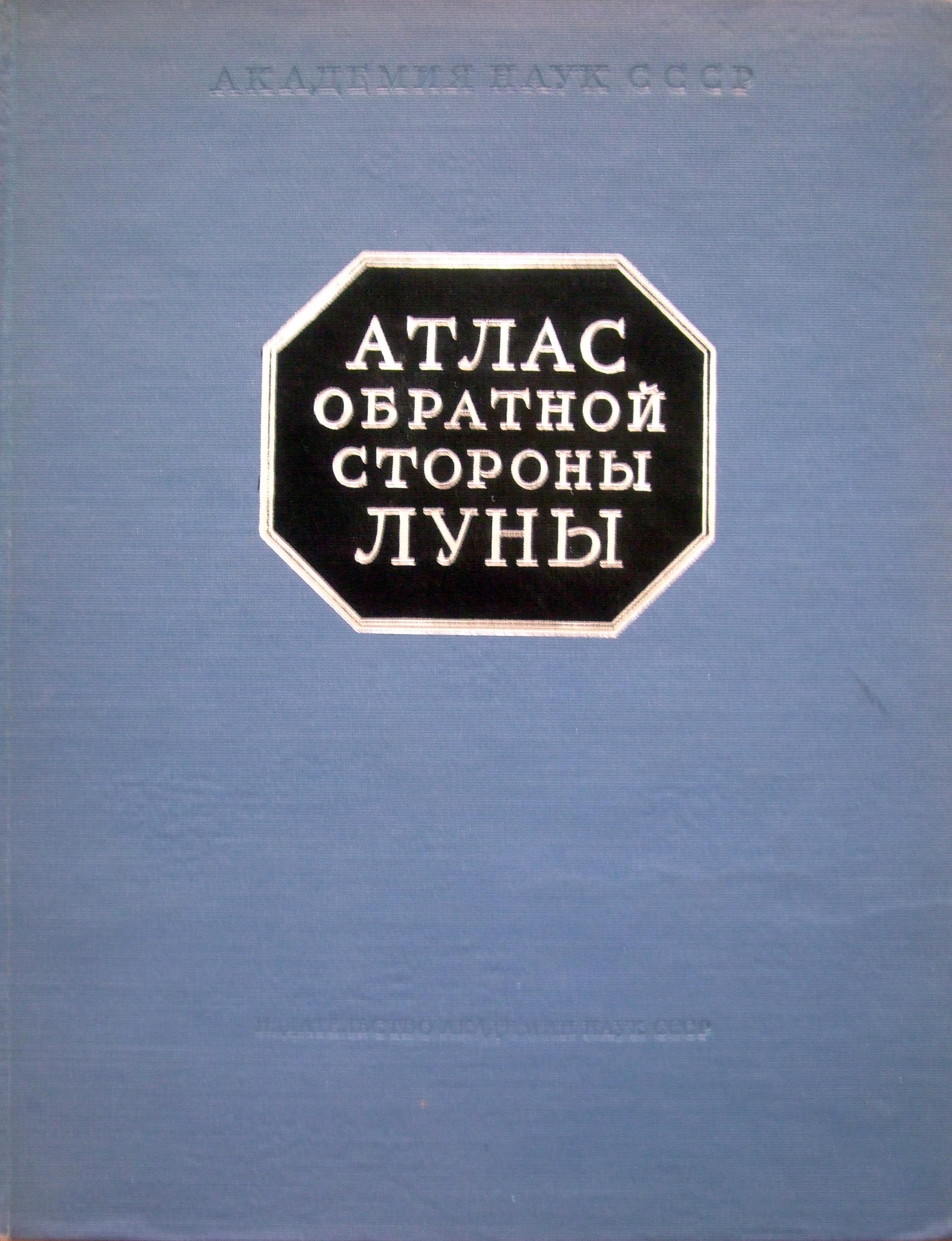
A globe of the Moon using Luna 3 images has been created in 1960 1:13 600 000 prepared by Sternberg Institute (GAISH) and TSNIIGAiK. (Rodionova 1991)
At the time of Luna 3 (1959 Oct 7) the only farside map was by Wilkins and Moore.
New names:
The most prominent dark floored crater: Tsiolkovskiy
Astronaut Bay (Zaliv Astronavtov), a part of Mare Moscoviense, now dropped, was named before any astronauts had flown in space. (the term cosmonaut was not used)
Montes Sovieticii: were later found to be crater rays superimposed on a basin rim
More Mechty (Sea of Dreams) commemorates Luna 1 which was first named Mechta. At first it was much larger that Mare Ingenii today as it was the dark floor of the western edge of the SPA Basin.
Lunar Farside Atlas, Part II.
Atlas Obratnoj Storony Luny (Tsast’ 2)
Akademiya Nauk SSSR Moskva 1967
1:10 000 000
(It is centered at 120 deg)
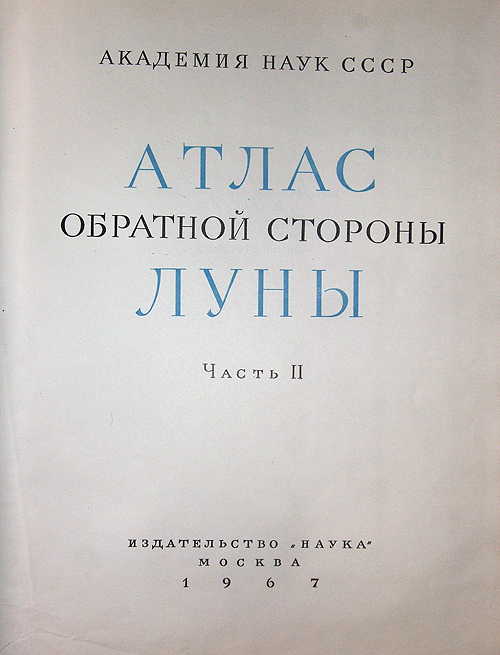
Sketch of the farside
From the front page of: Issledovanie Luny v SSSR Ed. V. Polyakov
The 1st scheme from Luna 3 images.
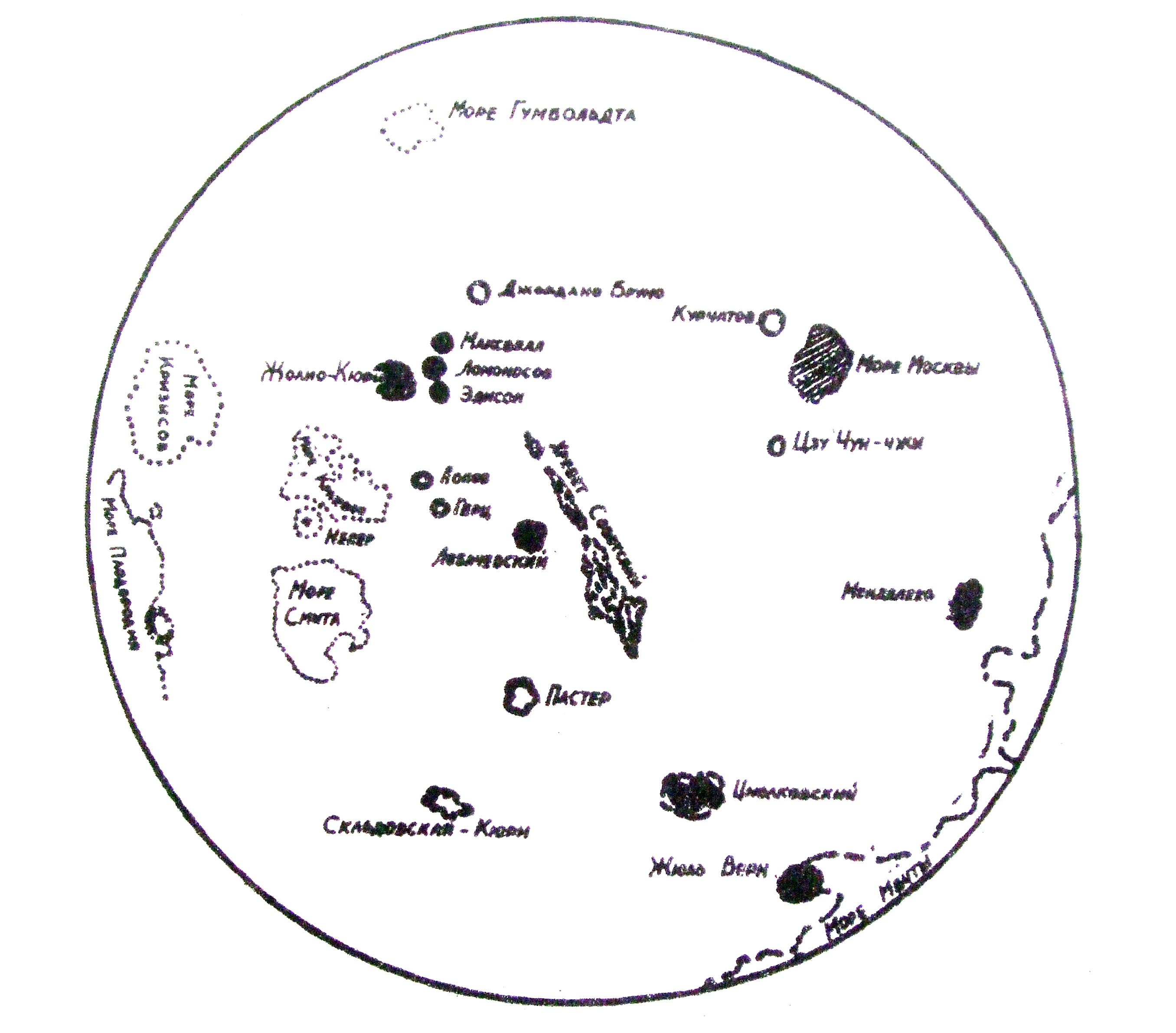
„No one wanted to make a map from Luna 3 materials. At Sternberg Institute it was done by the leadership of prof. Lipsky who tried to make the map. The images were of bad quality but it was important to make maps since this way they could give the first names of the farside so they had to find relief features. Some were found, mostly dark spots. The mapping was succesful even from this low quality materials, since most of the features later proved to really exist.” (Shingareva 2009)
Lunar Farside Atlas, Part III.
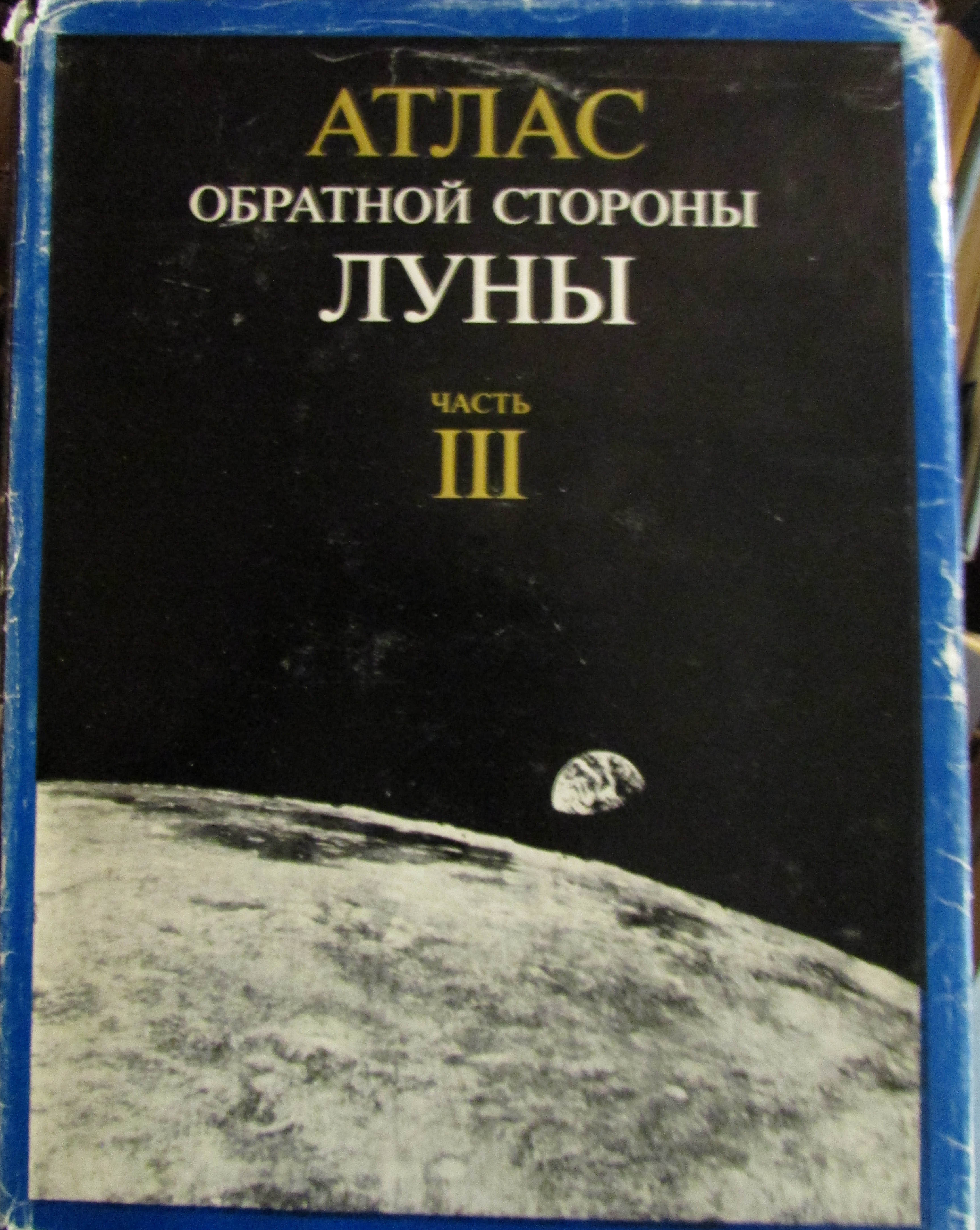
English translations
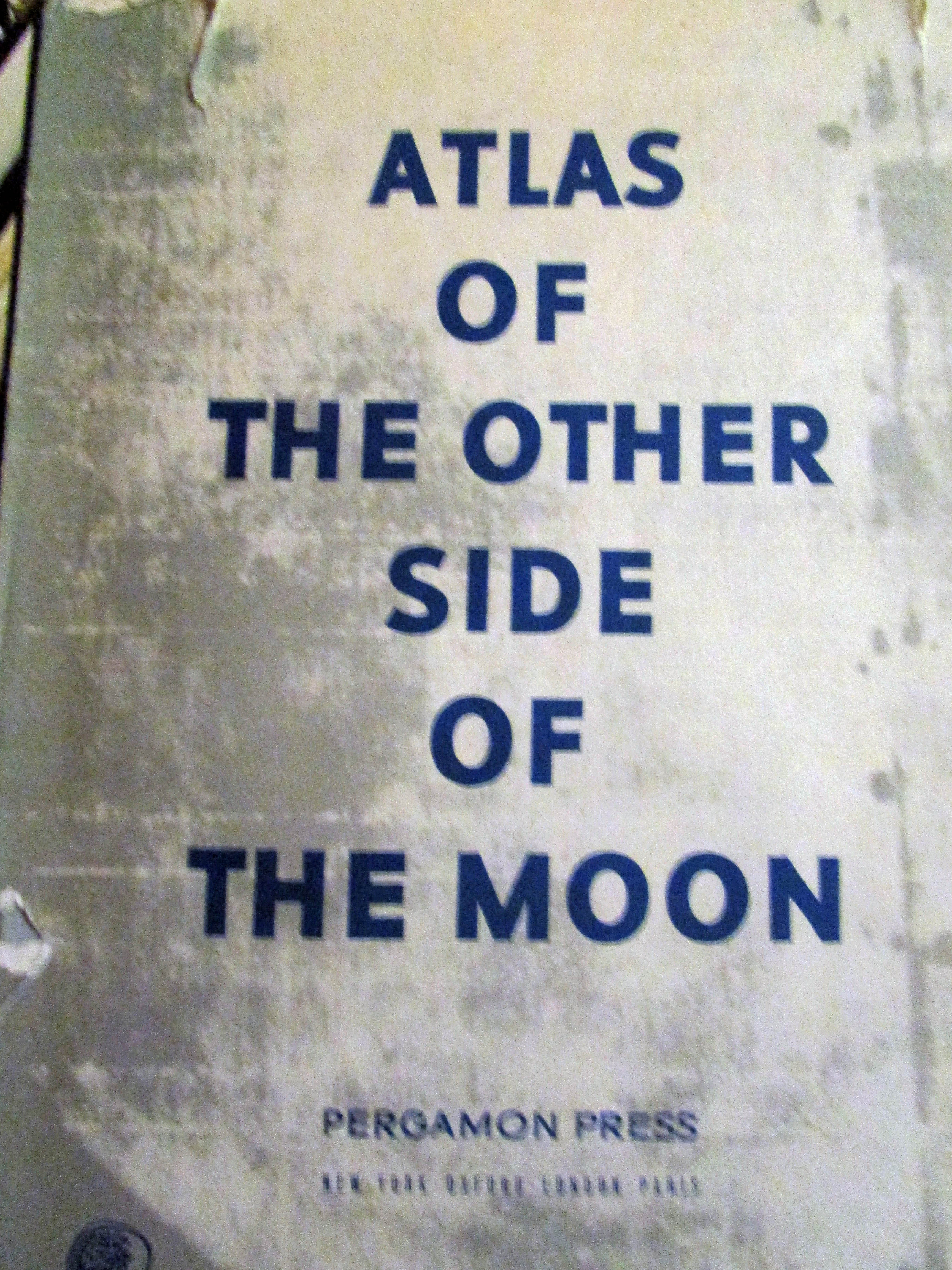

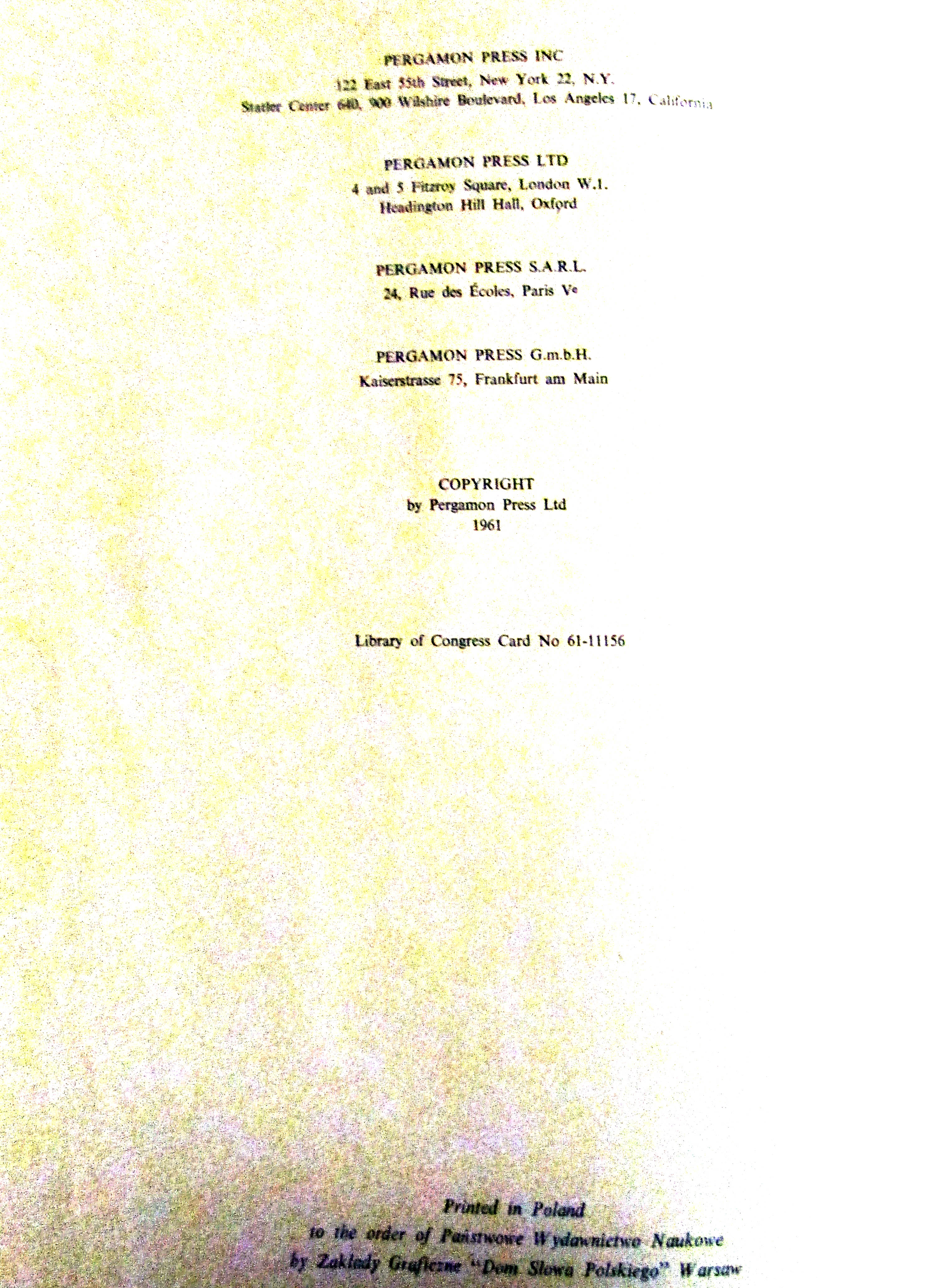
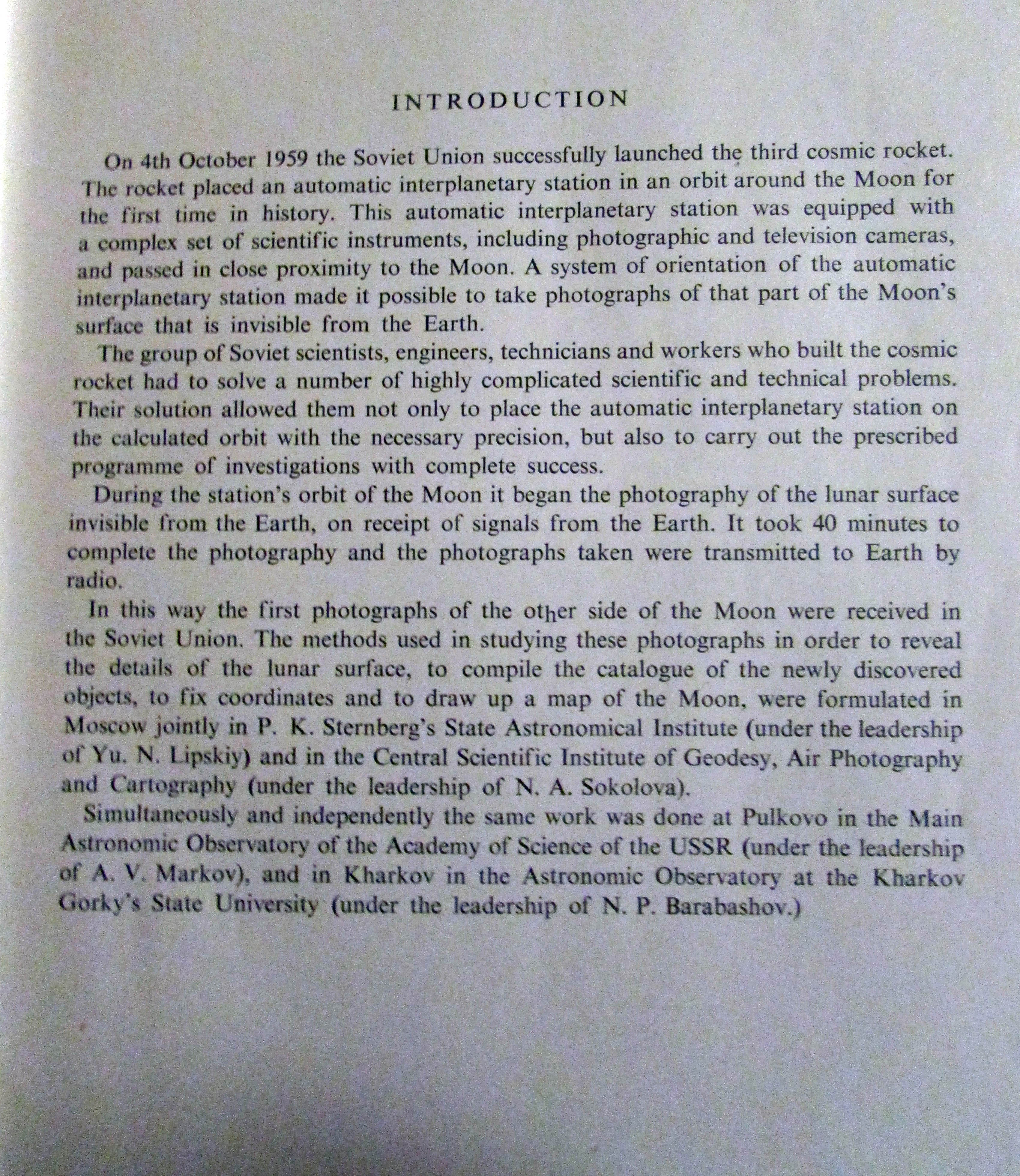
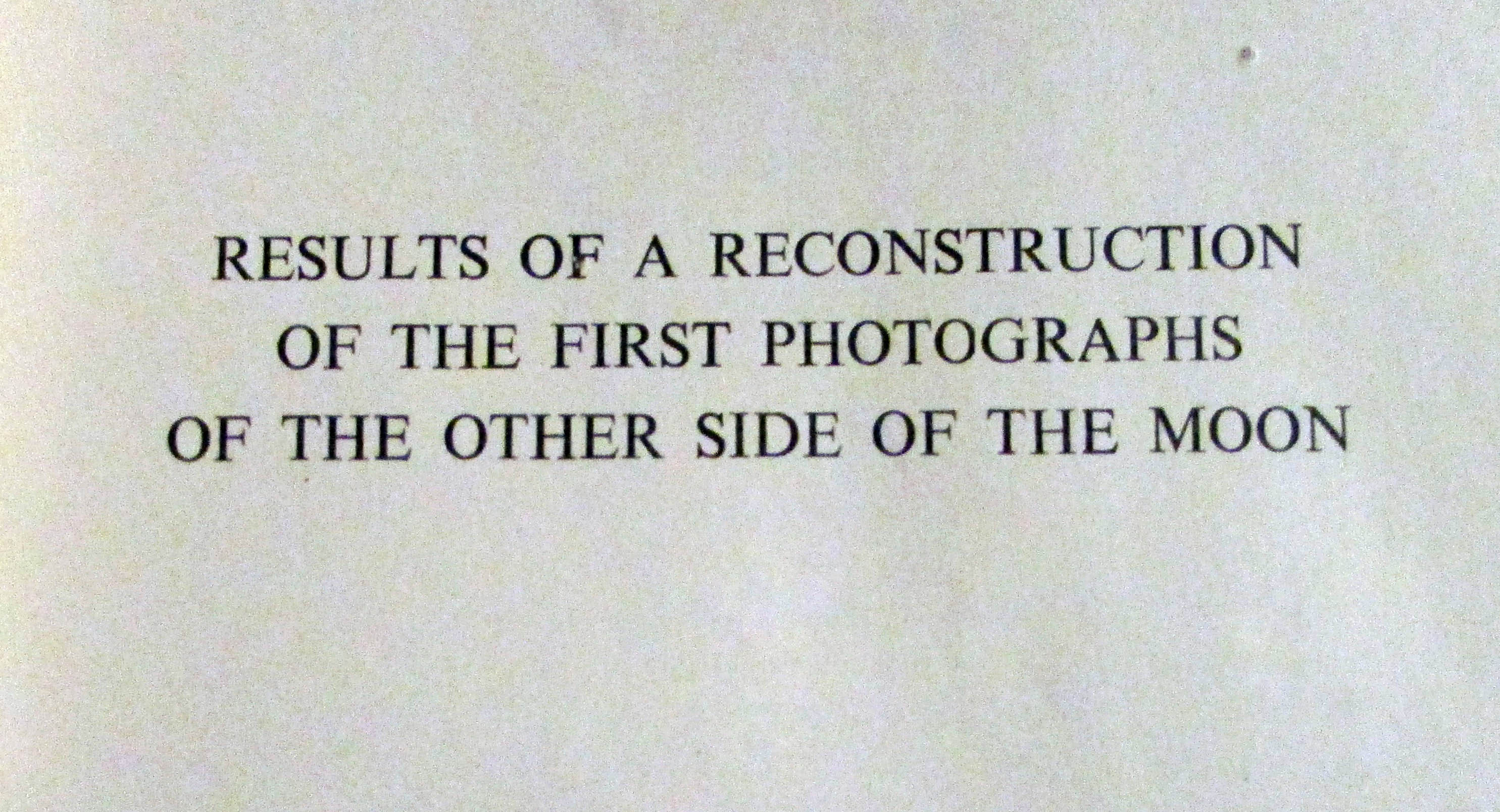
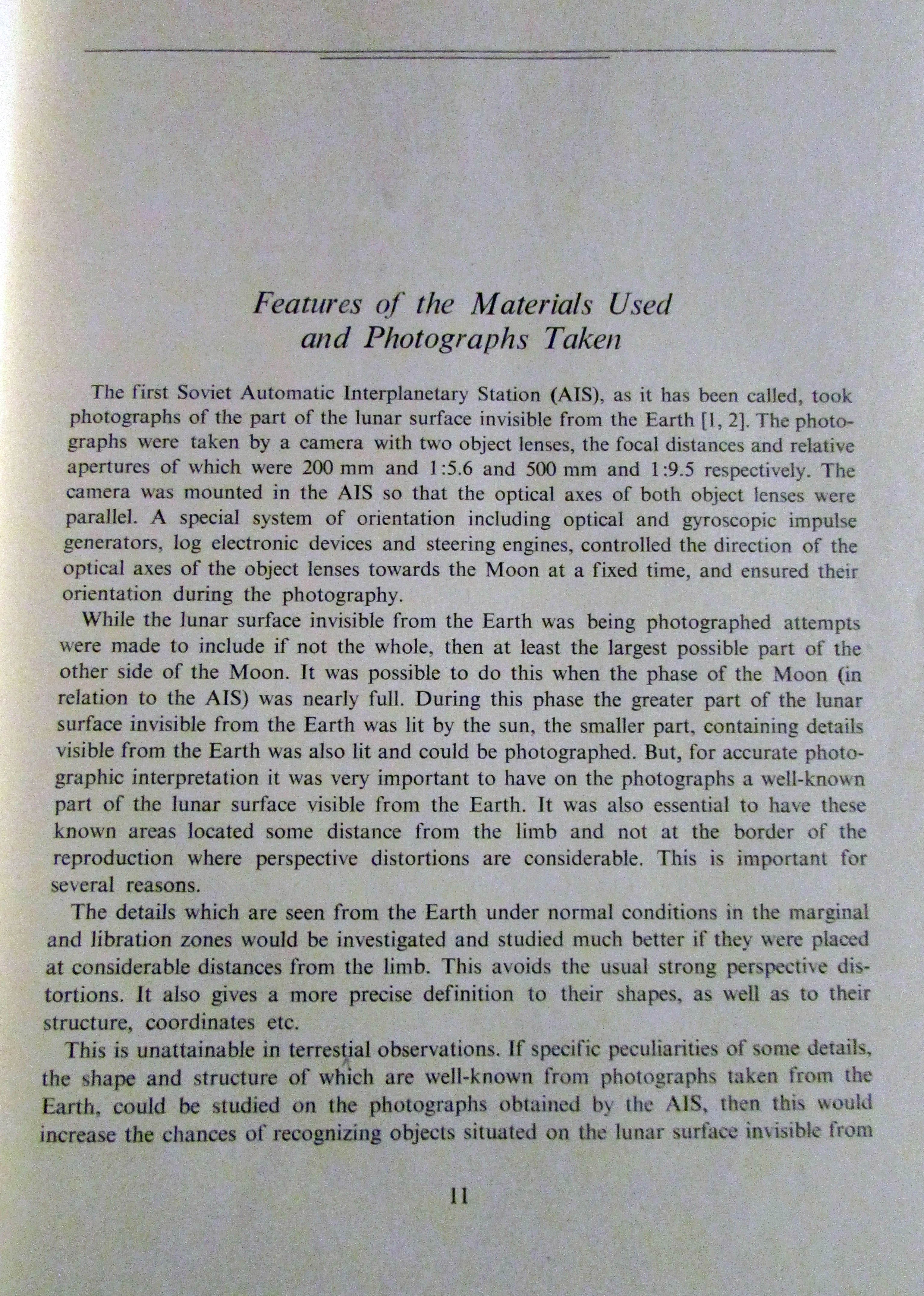
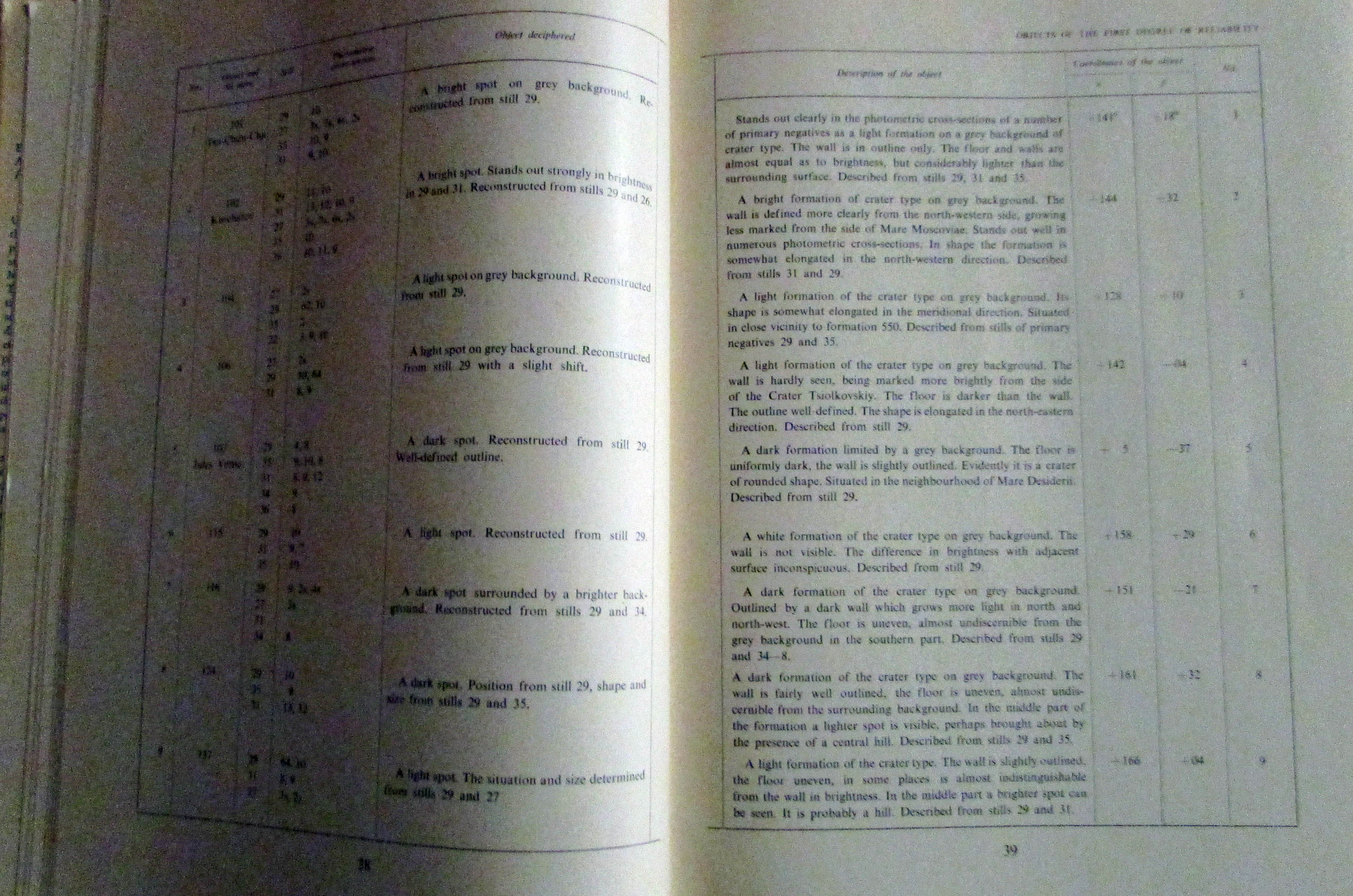
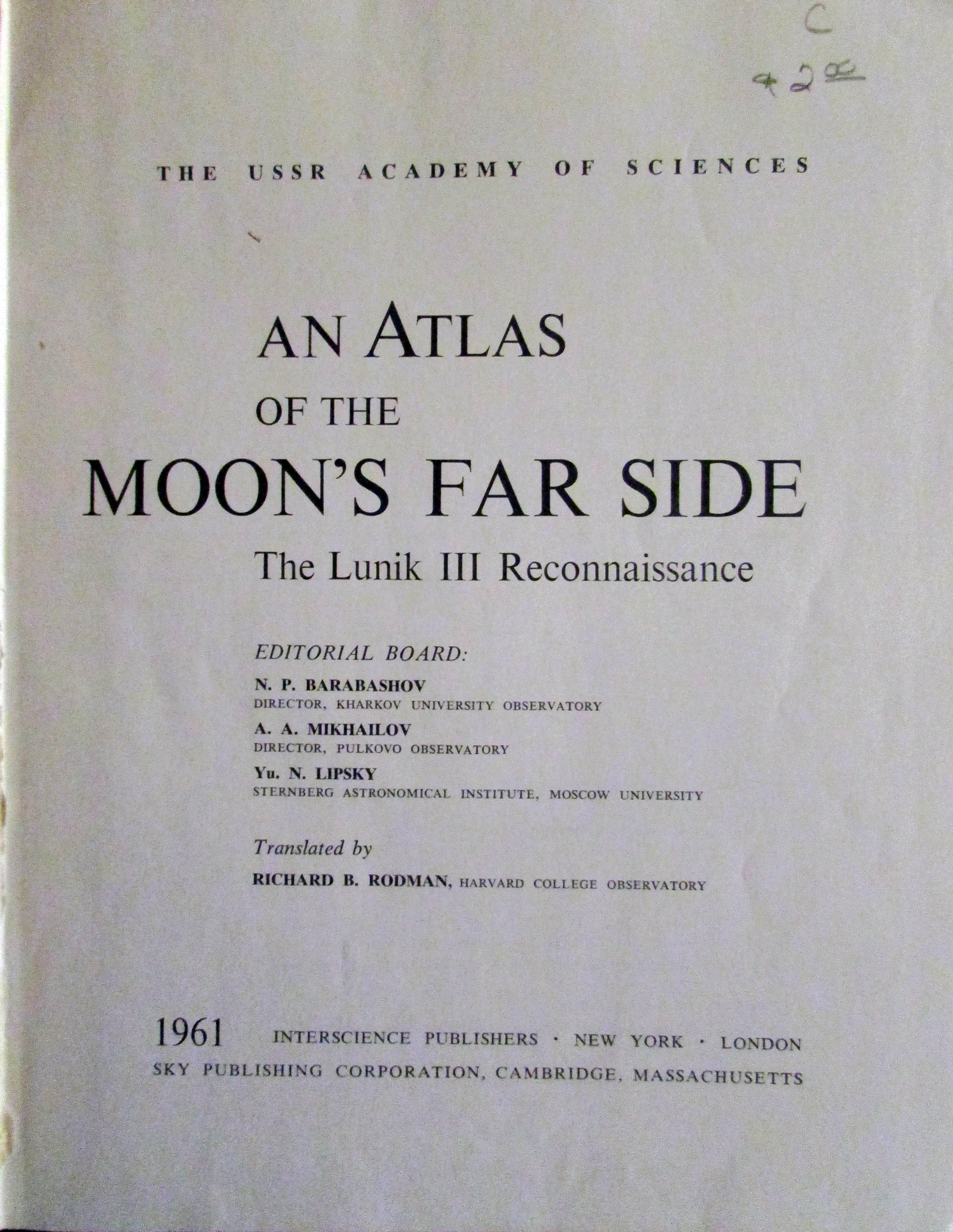
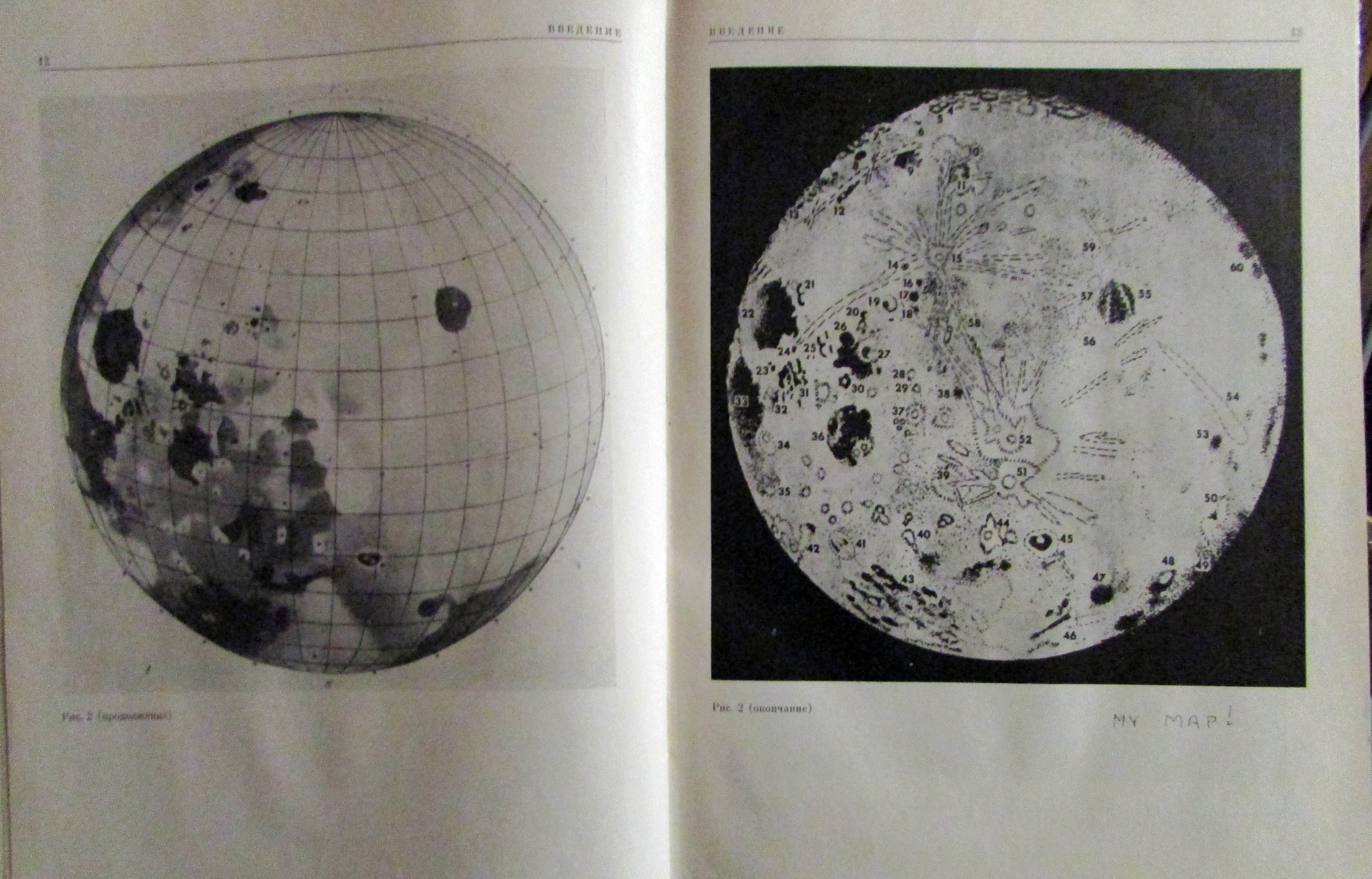
Images courtesy of EA Whitaker
